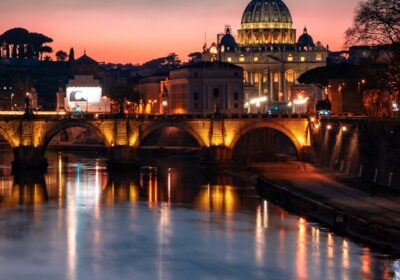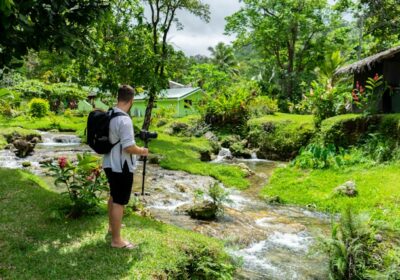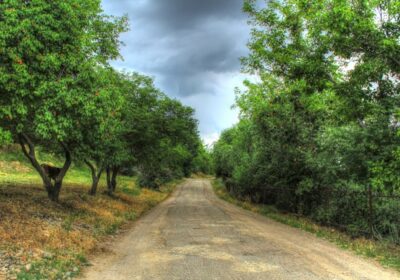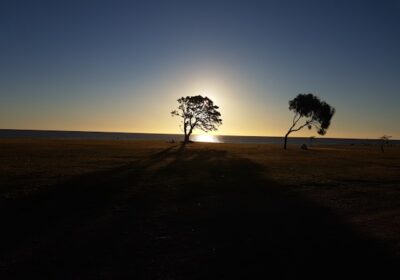Argentina: A Journey Through Diverse Landscapes and Rich Culture
Argentina, the eighth-largest country in the world, is a land of contrasts and wonders. From the stunning landscapes of Patagonia to the vibrant rhythms of Buenos Aires, Argentina offers a diverse range of experiences for travelers. Its rich cultural heritage, diverse geography, and warm hospitality make it a captivating destination for adventure seekers, culture enthusiasts, and food lovers alike.
A Glimpse into Argentina’s History
Argentina’s history is a fascinating tapestry of indigenous cultures, Spanish colonization, and European influence. Originally inhabited by various indigenous tribes, the area was claimed by Spain in the 16th century. Argentina declared its independence from Spain in 1816, and the country has since undergone significant political and social changes. Today, Argentina is known for its cultural diversity, economic progress, and vibrant arts scene.
Iconic Landmarks and Attractions
- Buenos Aires: The capital city is a cultural and architectural marvel, known for its European-inspired architecture, lively tango music, and rich culinary scene. Highlights include the iconic Obelisk, the historic Teatro Colón, and the colorful neighborhood of La Boca.
- Iguazu Falls: Located on the border with Brazil, Iguazu Falls is one of the largest and most impressive waterfall systems in the world. The falls are surrounded by lush rainforest, and visitors can explore various viewpoints and walkways.
- Patagonia: This vast and rugged region in southern Argentina is known for its dramatic landscapes, including the towering peaks of the Andes, the glaciers of Los Glaciares National Park, and the windswept plains of Tierra del Fuego.
- Mendoza: Renowned for its wine production, particularly Malbec, Mendoza is a prime destination for wine lovers. The region offers vineyard tours, wine tastings, and stunning views of the Andes.
- Salta: Located in the northwest, Salta is known for its colonial architecture, vibrant markets, and the breathtaking scenery of the Andes. The nearby Quebrada de Humahuaca is a UNESCO World Heritage Site.
- Ushuaia: Known as the “End of the World,” Ushuaia is the southernmost city in the world. It serves as a gateway to Antarctica and offers stunning views of the Beagle Channel and the surrounding mountains.
Cultural and Historical Highlights
- Tango in Buenos Aires: Buenos Aires is the birthplace of tango, and visitors can experience this passionate dance at numerous milongas (dance halls) and tango shows throughout the city.
- Bariloche: Located in the Lake District, Bariloche is known for its Swiss-style architecture, beautiful lakes, and outdoor activities such as hiking, skiing, and fishing.
- The Pampas: This vast grassland region is synonymous with Argentina’s cowboy culture, known as “gauchos.” Visitors can experience traditional Argentine ranch life and enjoy authentic asado (barbecue).
- Rosario: The birthplace of the Argentine flag, Rosario features a mix of historical sites and modern attractions, including the Monument to the Flag and the National Flag Park.
- Cordoba: The second-largest city in Argentina, Cordoba is known for its colonial architecture, vibrant student population, and nearby Sierras de Córdoba mountains.
Natural Beauty and Outdoor Adventures
- Perito Moreno Glacier: Located in Los Glaciares National Park, the Perito Moreno Glacier is one of the few glaciers in the world that is still advancing. Visitors can take guided ice treks or boat tours to view the glacier up close.
- Aconcagua: The highest peak in the Andes and South America, Aconcagua offers challenging climbs and stunning views for mountaineers and trekkers.
- Valdes Peninsula: A UNESCO World Heritage Site, the Valdes Peninsula is a prime location for wildlife viewing, including southern right whales, elephant seals, and penguins.
- Quebrada de Humahuaca: This colorful valley in northwest Argentina is known for its striking geological formations and traditional villages. The region offers excellent opportunities for hiking and cultural exploration.
- Iruya: A remote village in the northwestern mountains, Iruya is known for its stunning scenery and traditional way of life. It’s a great spot for trekking and experiencing local culture.
Practical Information for Visitors
- Best Time to Visit: Argentina’s diverse climate means the best time to visit depends on the region. For Buenos Aires and northern Argentina, spring (September to November) and fall (March to May) are ideal. Patagonia is best visited in the summer (December to February) for favorable weather and accessibility. For winter sports in the Andes, June to August is the best time.
- Transportation: Argentina has a well-developed transportation network, including domestic flights, long-distance buses, and rental cars. Major cities also have reliable public transportation systems such as buses and subways.
- Accommodation: Argentina offers a wide range of accommodation options, from budget hostels and mid-range hotels to luxury lodges and boutique hotels. Popular tourist areas provide diverse lodging choices.
- Visa and Entry Requirements: Travelers from many countries can enter Argentina without a visa for short stays. It is important to check the entry requirements based on your nationality before traveling.
Conclusion
Argentina is a country of stunning diversity, offering an array of experiences for travelers. Whether you’re exploring the vibrant city life of Buenos Aires, marveling at natural wonders like Iguazu Falls and the Perito Moreno Glacier, or immersing yourself in the rich cultural heritage of the Pampas and Patagonia, Argentina promises an unforgettable adventure. Its blend of natural beauty, cultural richness, and warm hospitality makes it a destination that continues to captivate and inspire visitors from around the world.






Leave feedback about this